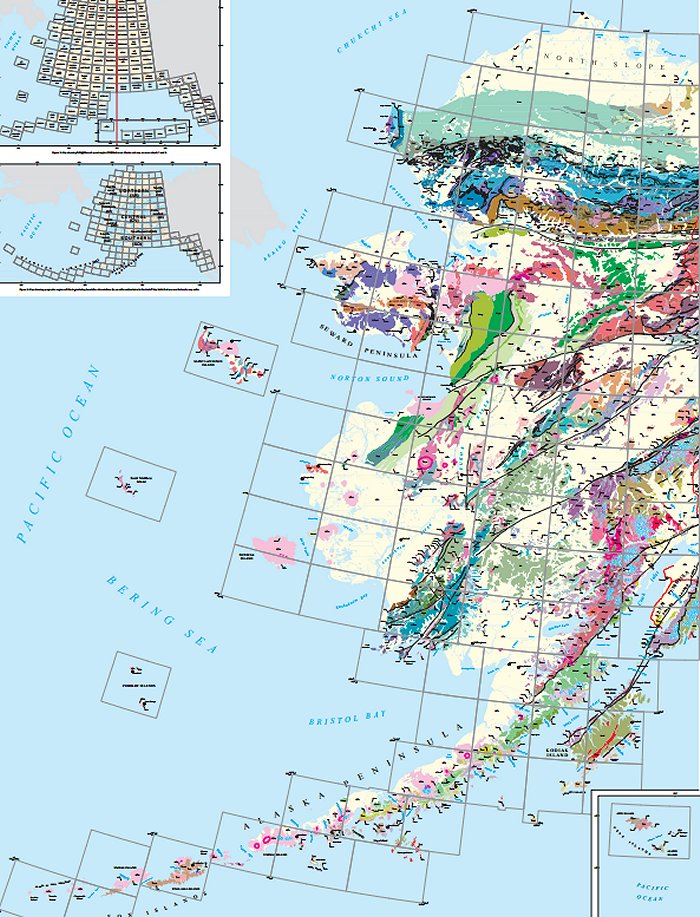MessageToEagle.com – The United States Geological Survey has just published the first digital geologic map of Alaska.
The map incorporates theory of plate tectonics and visual context to the abundant mineral and energy resources found throughout the state in a beautifully detailed and accessible format.

The map sheds light on the geologic past and present; today, geologic processes are still very important in Alaska; with many active volcanoes, frequent earthquakes, receding and advancing glaciers and visible climate impacts.
“I am pleased that Alaska will now have a state-wide digital map detailing both surface and subsurface geologic resources and conditions,” said USGS newly confirmed director Suzette Kimball.
“This geologic map provides important information for the mineral and energy industries for exploration and remediation strategies. It will enable resource managers and land management agencies to evaluate resources and land use, and to prepare for natural hazards, such as earthquakes.”
The Alaska Geologic Map shows the generalized geology of the state, each color representing a different type or age of rock. Credit: Frederic Wilson, USGS
More than 750 references were used in creating the map, some as old as 1908 and as new as 2015.
“This map is the continuation of a long line of USGS maps of Alaska, reflecting ever increasing knowledge of the geology of the state,” said Frederic Wilson, research geologist with the USGS and lead author of the new map.
“In the past, starting in 1904, the maps came out about every 20 years; the 35-year gap between this edition and the last has been a time of major new mapping efforts by the USGS, as well as a revolution in the science of geology through the paradigm shift to plate tectonics, and the development of digital methods.”
MessageToEagle.com
source: USGS






